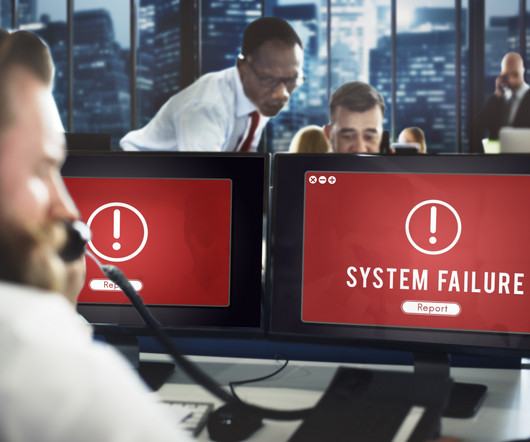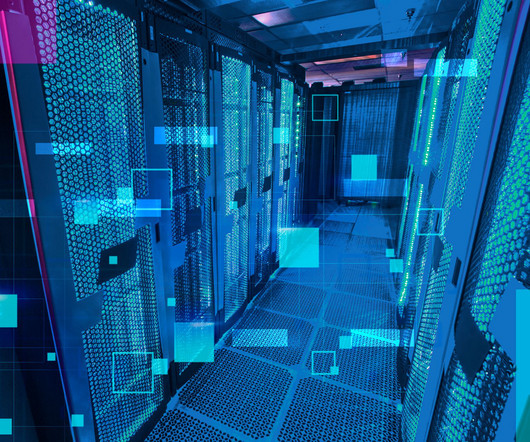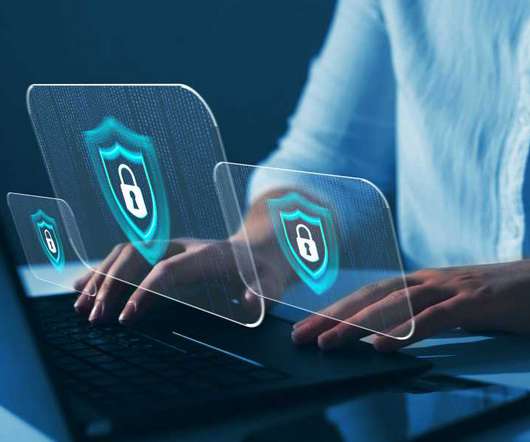Cybersecurity e NIS2: come si muovono i CIO per dormire sonni (un po’) più tranquilli
CIO Business Intelligence
APRIL 22, 2024
Quest’anno, a rafforzare la spinta verso la sicurezza informatica c’è anche la Direttiva NIS2 (“Network and information system security”) dell’UE, che andrà a sostituire la precedente NIS, aggiornando le misure per un elevato livello di cybersicurezza in tutta l’Unione Europea. E, come sappiamo, sono solo gli incidenti “riportati”.














Let's personalize your content